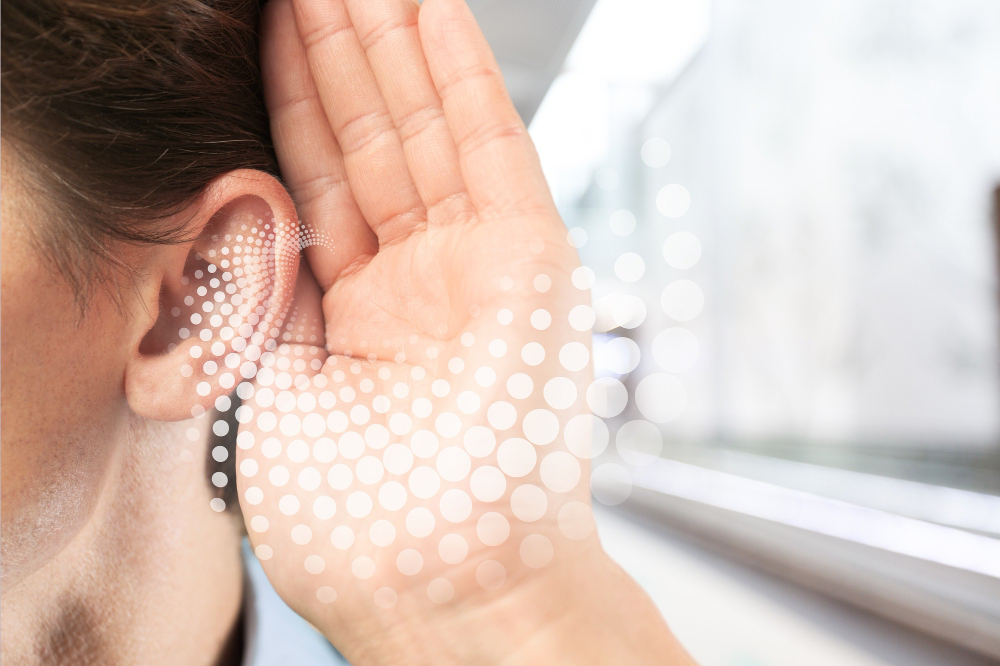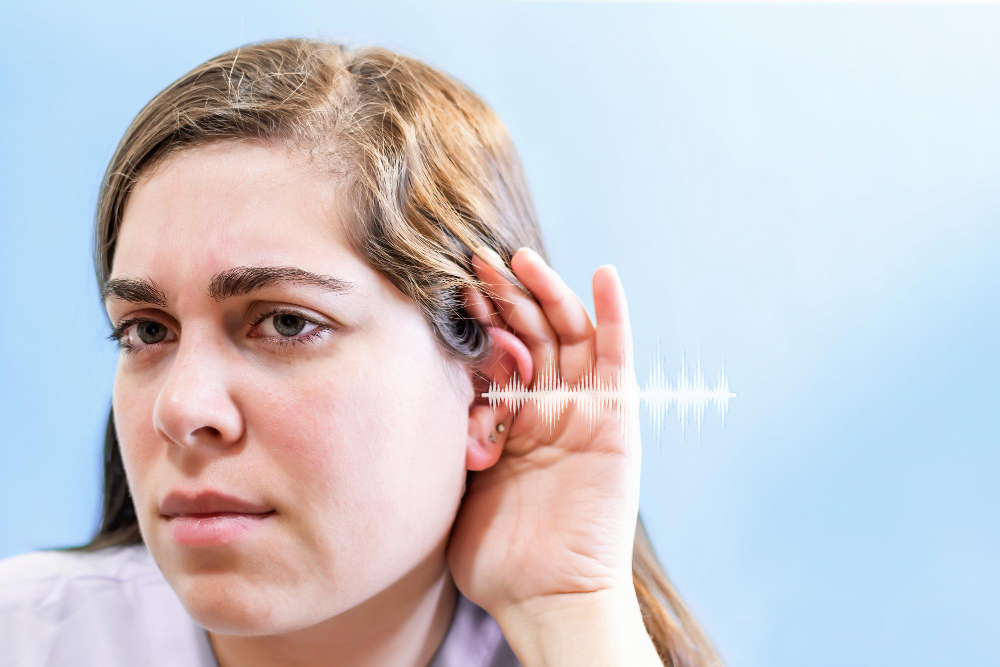
Hearing Aid Maintenance: Maximizing Performance and Longevity
Hearing aids are advanced electronic devices designed to enhance auditory perception, making them an invaluable investment for individuals with hearing loss. To maintain their effectiveness and extend their lifespan, regular care and maintenance are essential. This comprehensive guide provides detailed insights into best practices for ensuring optimal performance and longevity of hearing aids.
Daily Maintenance: Essential Routine Care
Daily upkeep is crucial to prevent the accumulation of earwax, dust, and moisture, which can impair hearing aid functionality.
1. Cleaning Procedures
-
Surface Cleaning: Use a soft, dry, and lint-free cloth to wipe the hearing aids every day, removing dirt, sweat, and debris.
-
Microphone and Receiver Cleaning: Utilize specialized cleaning brushes or wax loops to gently remove earwax or dust from these sensitive components.
-
Earmold and Dome Care: If your hearing aids include detachable earmolds or domes, clean them with mild soap and warm water. Ensure they are completely dry before reattaching.
-
Avoid Liquid Damage: Never use alcohol, disinfectant wipes, or direct water contact when cleaning the electronic parts of the device.
2. Moisture and Humidity Control
-
Proper Storage: Store hearing aids in a dry environment, ideally in a dedicated hearing aid case when not in use.
-
Dehumidification: Invest in a hearing aid dehumidifier or drying kit to absorb moisture overnight, especially in humid climates.
-
Battery Compartment Ventilation: Open the battery compartment at night to allow air circulation and reduce moisture buildup inside the device.
-
Avoid Water Exposure: Remove hearing aids before showering, swimming, or applying hair sprays and lotions, as these substances can clog or damage components.
3. Battery Care and Management
-
Battery Replacement: Replace disposable batteries as soon as you notice diminished performance or distorted sound quality.
-
Proper Battery Storage: Keep batteries in a cool, dry place away from direct sunlight and metal objects to prevent short-circuiting.
-
Handling Precautions: Always use dry hands when replacing batteries, and never force a battery into the compartment.
-
Rechargeable Hearing Aids: For rechargeable models, follow the manufacturer’s guidelines on charging cycles to optimize battery lifespan.
Weekly and Monthly Maintenance: Comprehensive Inspections
1. Deep Cleaning and Component Inspection
-
Thorough Cleaning: Conduct a more detailed cleaning session at least once a week, ensuring that all vents, receivers, and microphone openings are free from blockages.
-
Tubing and Filters: For behind-the-ear (BTE) models, inspect and replace tubing if it appears cracked, stiff, or discolored. Change wax filters or guards as needed to maintain sound clarity.
-
Earmold Condition: Check earmolds for signs of discoloration or hardening, which may indicate the need for replacement.
2. Performance Testing
-
Sound Quality Check: Regularly test hearing aids by listening in different environments to ensure clarity and consistency.
-
Feedback and Whistling: Monitor for feedback or whistling noises, which could indicate improper fit, earwax blockage, or component damage.
-
Microphone and Receiver Functionality: Speak into the hearing aid while it’s in your hand to check if the microphone is picking up sound effectively.
Professional Maintenance: Periodic Expert Servicing
1. Routine Audiologist Visits
-
Comprehensive Assessments: Schedule professional check-ups every 3 to 6 months for deep cleaning, software updates, and performance evaluations.
-
Hearing Aid Adjustments: If your hearing needs change over time, an audiologist can recalibrate your device settings accordingly.
-
Fit Optimization: Ensure that hearing aids remain snug and comfortable, as poor fitting can lead to feedback issues and discomfort.
2. Professional Cleaning and Repairs
-
Deep Cleaning Services: Audiologists have specialized equipment to thoroughly clean internal components and remove wax buildup.
-
Component Replacement: Replace worn-out parts such as microphone covers, tubing, and earmolds to maintain performance.
-
Software and Firmware Updates: Many modern hearing aids feature digital processing software that requires periodic updates for enhanced functionality.
3. Warranty and Service Plans
-
Understand Your Warranty: Check the manufacturer’s warranty terms for coverage on repairs and replacements.
-
Extended Service Plans: Consider investing in an extended service plan for additional protection beyond the standard warranty period.
-
Repair Turnaround Time: Choose a provider with a quick turnaround for maintenance services to minimize disruptions in use.
Troubleshooting Common Hearing Aid Issues
1. No Sound or Weak Output
-
Ensure the device is turned on and the volume is appropriately set.
-
Check and replace the battery if necessary.
-
Clean the microphone and receiver to remove any debris.
-
Inspect tubing and earmolds for blockages.
2. Distorted or Muffled Sound
-
Remove any accumulated wax or dust from the receiver and microphone ports.
-
Verify that the battery is functioning correctly.
-
Check for moisture buildup and use a drying kit if necessary.
3. Frequent Feedback or Whistling Noises
-
Ensure the hearing aid is properly inserted into the ear.
-
Check for earwax buildup in the ear canal, which may require cleaning by a professional.
-
Verify that the device settings are appropriately adjusted.
4. Intermittent Functionality
-
Inspect the battery compartment for corrosion and clean it if needed.
-
Ensure proper contact between the battery and the terminals.
-
If the issue persists, consult an audiologist for further evaluation.
Best Practices for Extending Hearing Aid Lifespan
-
Handle with Care: Avoid dropping or exposing the device to sudden impact.
-
Protect Against Extreme Conditions: Keep hearing aids away from excessive heat, cold, and moisture.
-
Invest in High-Quality Accessories: Use manufacturer-recommended cleaning tools and accessories for maintenance.
-
Regularly Assess Hearing Health: Schedule periodic hearing tests to ensure your device settings align with your evolving hearing needs.
-
Educate Yourself: Stay informed about new maintenance techniques and technological advancements to optimize your hearing aid experience.
By adhering to these maintenance guidelines, you can significantly extend the lifespan of your hearing aids, ensuring consistent performance and a better quality of life. Proper care not only enhances sound clarity but also safeguards your investment in hearing health, allowing you to enjoy seamless communication and engagement in everyday activities.


